Product Description
Pegalax is an over-the-counter laxative that is safe and gentle on your body. Relieves occasional constipation and irregularity. Reduces cramping and gas.
The Pegalax Difference:
- Convenient Sachets
- No Abdominal Cramping
- No Bloating
- No Urgency
PegaLAX is an osmatic laxative that naturally attracts water to your colon to soften your stool. This process accomplishes the following:
- Softens stool for easier movement through your digestive system
- Increases the frequency of bowel movements
100% Polyethylene Glycol 3350
Packaged in a box of 14 convenient single dose sachets.
Adults (over 18 years) One dose (17 grams) daily or as recommended by a physician. Do not use in children (18 years of age or under, unless advised by a doctor)
PegaLAX dissolves easily in regular liquids such as water, juice, tea and pop.
Warnings:
Do not use in the presence of abdominal pain, nausea, fever, or vomiting. Do not use for more than one month unless recommended by a physician. Do not take withing two weeks of another medicine. In cases of overdose, drink plenty of water and consult a physician or poison control immediately.
Always read and follow the label.
All About Constipation
What is constipation?
At one time or another, everyone has experience some form of constipation. As such, constipation may have different definitions to different people. The most common definition of constipation is when bowel movements are painful, hard, dry, difficult to pass or when they happen less frequently than normal. Constipation may also be accompanied by bloating, nausea,
cramping, and even small amounts of blood.
Some people believe if they do not have a bowel movement daily they are constipated. Because people have different bowel habits, food intake and exercise routines, this is simply not true. If you pass stool at least 3 times a week, and your stool is soft and passes easily, you are not constipated.
In terms of a medical definition, constipation is defined as fewer than three bowel movements per week while severe constipation is defined as fewer then one bowel movement per week.
Who is at risk of constipation?
Constipation is more likely to be experienced by women than men, children than adults, and by the elderly. Anybody can get constipated, and it doesn’t mean they are unhealthy or lead an unhealthy lifestyle. In today’s world, it may be difficult to avoid some of the causes of constipation.
What causes constipation?
-Eating a diet low in fiber
-Eating a diet high in fat and sugar
-Increase of stress
-Not drinking enough water and fluids
-Lack of exercise
-Repeatedly ignoring the urge to go to the bathroom (common in children while playing)
-Overuse of stimulant laxatives
Medications
-antacids
-antidepressants,
-non-heme iron supplements
-calcium supplements
-pregnancy or having given birth
Diseases and conditions
-hypothyroidism
-diabetes
-irritable bowel syndrome
-hormonal disorders
-Central nervous system diseases
Constipation can lead to further complications:
-Hemorrhoids
-Anal fissures (tearing skin around the anus)
-Rectal prolapse (rectal lining is forced out the anus)
-Loss of bladder control
-Rectal hernia
What can I do at home to help ease constipation?
-Drink plenty of water/fresh fruit juice daily. Cut down on tea, coffee and cola, which can make you dehydrated.
-Increase exercise and physical activity.
-Eat a diet high in bran and fibre (fruits, vegetables, and whole grains).
-Avoid foods that are high in fat and sugar.
-Go to the bathroom when you have the urge; do not wait or the stool will eventually become dry and difficult to pass.
When should I see my doctor?
-Your constipation lasts longer than 7 days
-You are still constipated but have stool leakage
-Rectal bleeding is heavy, or lasts longer than 2 to 3 days
-You have sharp or severe abdominal pain
Clinical Studies and Reviews of PegaLAX
The most clinically studied laxative. The active ingredient in PegaLAX has been studied extensively for its safely and effectiveness in the treatment of constipation more than any other over-the-counter laxative available today.
Even if you use or have tried another over-the-counter laxative, you still may want to try PegaLAX. It has been showed that laxative users preferred PegaLAX when compared to their usual laxatative.
If you have tried other OTC laxatives, then you already know whether they work for you. If you have found a laxative that works, you may still want to give PegaLAX a try. It has been shown that laxative users preferred PegaLAX when compared to their usual laxative.
In 2007, a panel of 12 gastroenterologists across Canada gave PegaLAX an “A” recommendation – their highest grade. 100% of the panel agreed that PegaLAX is effective at treating constipation by normalizing bowel frequency and improving stool consistency
In 2005, the American College of Gastroenterology (ACG) reviewed all of the clinical research in North America for OTC laxatives. PegaLAX is the only OTC laxative that received a “Grade A Recommendation”—their highest rating.
Laxative Comparison
Constipation may affect as many as 1 in 4 people. No wonder there are so many options when it comes to choosing a laxative:
Oral Bulk Formers (Fiber) Laxatives: adds insoluble fiber to the stool prompting normal contraction of intestinal muscles. The fiber sometimes may ferment causing gas, bloating and/or cramps. Must also be taken with plenty of water.
Lubricants: lubricate the stool preventing the release of water thereby softening it. These types of laxatives may interfere with vitamin absorption and may have drug interactions.
Stimulant laxatives: are fast acting, they trigger rhythmic contractions of intestinal muscles to eliminate stool. Side effects may include cramps, rectal irritation and nausea. They must also be used sparingly as there is a risk your bowel may become dependent on them.
Oral Stool Softeners: add moisture to stool to allow strain-free bowel movements.Some side effects may include throat irritation, stomach or intestinal cramping.

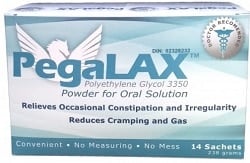
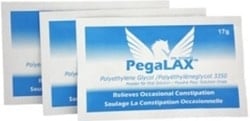
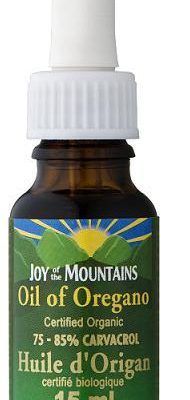
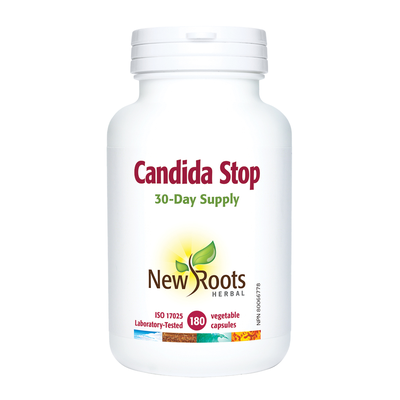

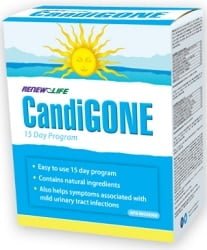
DanO –
No doubt, best product the market has!
(0) (0) Watch Unwatch